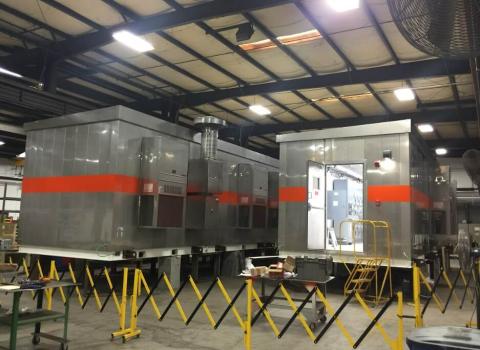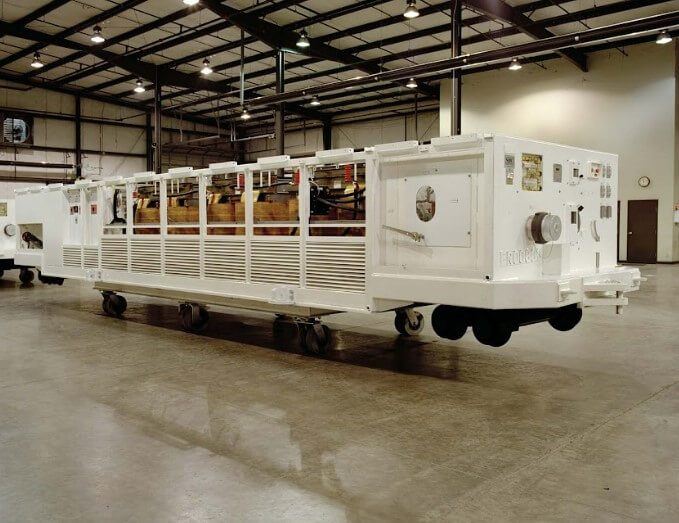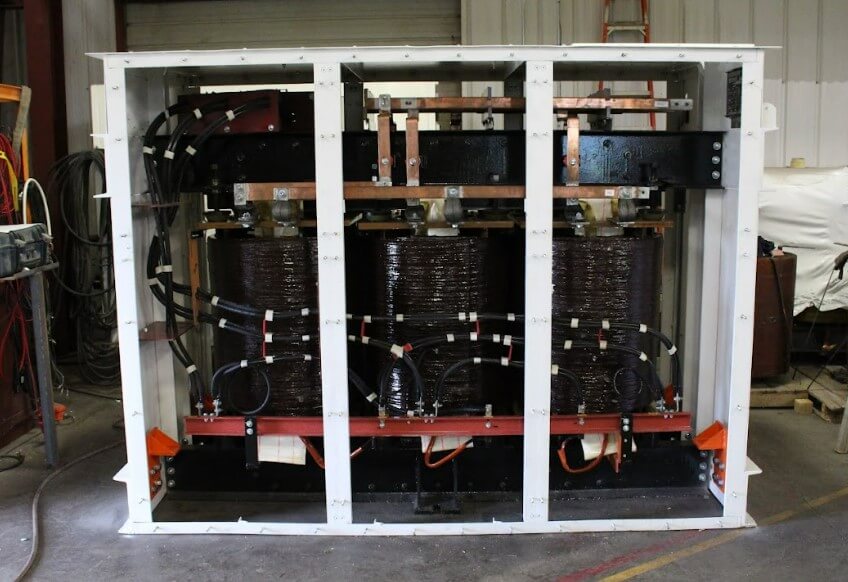
Underground mining operations rely heavily on advanced infrastructure to ensure safety, efficiency, and reliability. One critical component of this setup is the Mine Underground Substation, a facility that powers the intricate network of mining equipment and ensures seamless operations even in the most challenging conditions. This article delves into the essential facts about underground substations, highlighting their importance, functions, and benefits in the mining industry.
What Is a Mine Underground Substation?
A Mine Underground Substation is a specialized electrical facility located within the underground mining environment. Its primary role is to step down high-voltage electricity transmitted from surface power sources to levels suitable for powering underground mining equipment. These substations play a pivotal role in ensuring the uninterrupted and safe operation of machines such as drills, conveyors, and ventilation systems.
Why Are Mine Underground Substations Necessary?
1. Efficient Power Distribution
Mining operations demand vast amounts of electricity to run heavy-duty machinery and support critical systems like lighting and ventilation. Underground substations distribute power efficiently, reducing energy losses during transmission.
2. Space Optimization
Placing substations underground minimizes the need for extensive surface-level facilities, optimizing the use of space and reducing environmental impact.
3. Enhanced Safety
By regulating voltage levels and isolating faulty sections of the power network, these substations mitigate risks like electrical fires or equipment damage. This ensures a safer working environment for miners.

GET IN TOUCH
In a hurry? Call us at 276-285-3841
Components of a Mine Underground Substation
An underground substation is a complex system comprised of various components designed to handle the unique challenges of mining environments.
1. Transformers
Transformers step down the high-voltage electricity to the required voltage levels. Their robust design allows them to endure harsh underground conditions, such as high humidity and temperature variations.
2. Switchgear
Switchgear ensures proper control and protection of the electrical circuits within the substation. It isolates faulty circuits and protects against overloads, ensuring reliability.
3. Power Distribution Panels
These panels distribute electricity to different sections of the mine, such as ventilation systems, conveyor belts, and lighting setups.
4. Monitoring Systems
Modern substations are equipped with monitoring systems that track energy usage, detect faults, and provide real-time data to operators. These systems enhance operational efficiency and reduce downtime.
5. Cooling and Ventilation Systems
Due to the high energy levels and confined spaces, cooling systems are vital for preventing overheating of equipment.
Challenges of Installing and Maintaining Mine Underground Substations
1. Harsh Environmental Conditions
The underground environment presents unique challenges, such as high moisture levels, temperature fluctuations, and exposure to corrosive substances. Equipment must be designed to withstand these conditions.
2. Space Constraints
Unlike surface substations, underground facilities operate in limited space. Engineers must carefully plan layouts to maximize functionality without compromising safety.
3. Cost Considerations
Installing a mine underground substation requires significant investment in specialized equipment and skilled labor. However, the long-term benefits, including operational efficiency and reduced downtime, justify these costs.
Technological Advancements in Underground Substations
The evolution of technology has greatly enhanced the efficiency and reliability of underground substations.
1. Automation and Remote Monitoring
Modern substations utilize automation and remote monitoring technologies to minimize manual intervention. These systems allow operators to detect and resolve issues without needing to physically access the substation, improving safety and reducing response times.
2. Energy-Efficient Designs
New designs focus on reducing energy consumption and minimizing heat generation. Energy-efficient transformers and advanced cooling systems are examples of such innovations.
3. Smart Grid Integration
Underground substations can now integrate with smart grids, enabling real-time data exchange and better load management. This ensures that power supply is optimized for varying operational needs.

GET IN TOUCH
In a hurry? Call us at 276-285-3841
Benefits of Mine Underground Substations
1. Improved Operational Efficiency
By delivering consistent and reliable power, underground substations ensure that mining operations run smoothly. This reduces downtime and enhances productivity.
2. Cost Savings
Although initial installation costs can be high, underground substations save money in the long run by reducing energy losses and preventing equipment damage through efficient power regulation.
3. Environmental Advantages
By moving electrical infrastructure underground, mines can reduce their surface footprint, minimizing disruption to the environment.
4. Enhanced Safety for Workers
Underground substations are equipped with advanced safety features, such as circuit breakers and fault detection systems, which significantly reduce the risk of accidents.
Case Study: Becker Mining USA's Underground Substation Solutions
Becker Mining USA is at the forefront of designing and delivering high-performance underground substations. Their solutions are tailored to meet the unique needs of mining operations, combining durability, efficiency, and safety.
Key Features of Becker Mining USA's Substations:
- Robust Design: Engineered to withstand extreme underground conditions.
- Customizable Options: Adaptable to varying power requirements and spatial constraints.
- Advanced Safety Systems: Equipped with state-of-the-art protection and monitoring technologies.
Becker Mining’s substations have been instrumental in enhancing operational efficiency and worker safety in mines worldwide.
Best Practices for Operating and Maintaining Underground Substations
1. Regular Inspections
Frequent inspections help identify potential issues early, preventing costly breakdowns.
2. Training for Staff
Properly trained personnel can handle equipment more efficiently and respond effectively in emergencies.
3. Upgrading Equipment
Periodic upgrades to components such as transformers and monitoring systems ensure the substation remains efficient and compliant with industry standards.
4. Ensuring Ventilation
Maintaining proper ventilation around the substation helps prevent overheating and extends the life of equipment.
Conclusion
A Mine Underground Substation is a cornerstone of modern mining operations, ensuring the safe, efficient, and reliable distribution of power. With advancements in technology and innovative solutions from companies like Becker Mining USA, these facilities continue to evolve, meeting the ever-increasing demands of the mining industry.
Investing in high-quality underground substations not only enhances operational efficiency but also ensures a safer working environment for miners, making it a critical component of sustainable mining practices.
Products We Offer:
- Explosion Proof Equipment
- Transformers
- Arc Guard
- Longwall Electrical Systems
- Capacitor Trip Devices
- Electrical Equipments like capacitor banks, switch houses, junctions, and splice boxes.
Power up your productivity with Becker Mining's ground fault relays - the reliable and efficient solution for all your power distribution needs. Call us today!